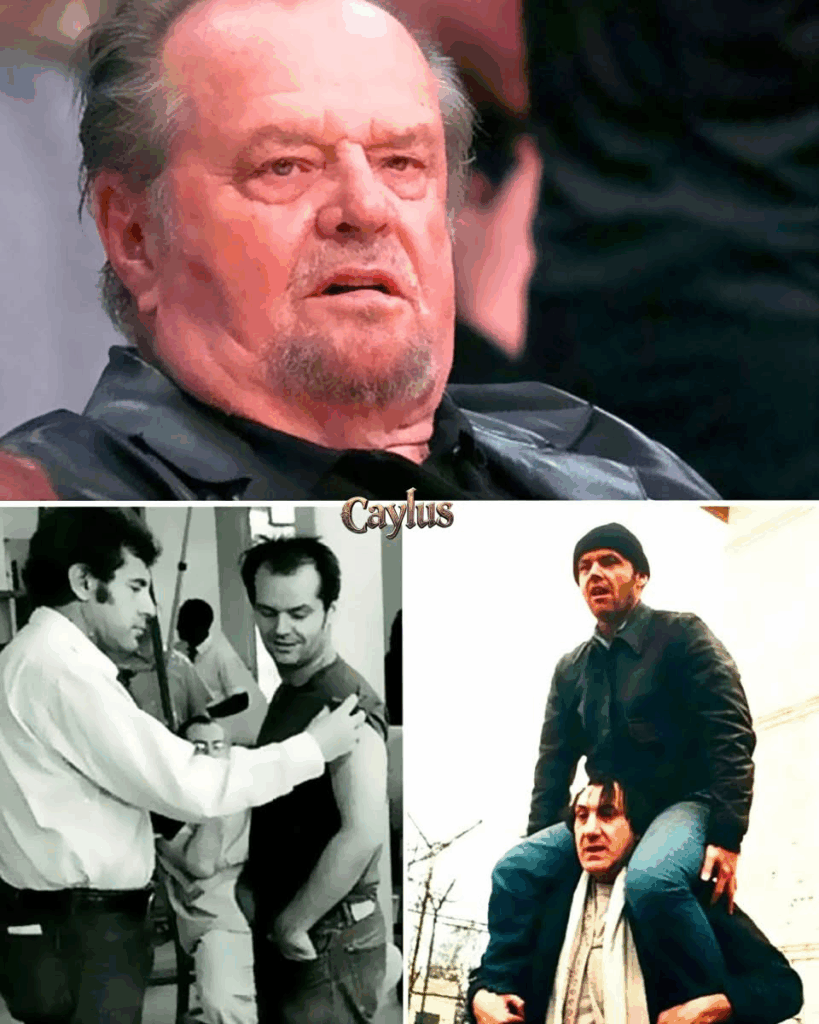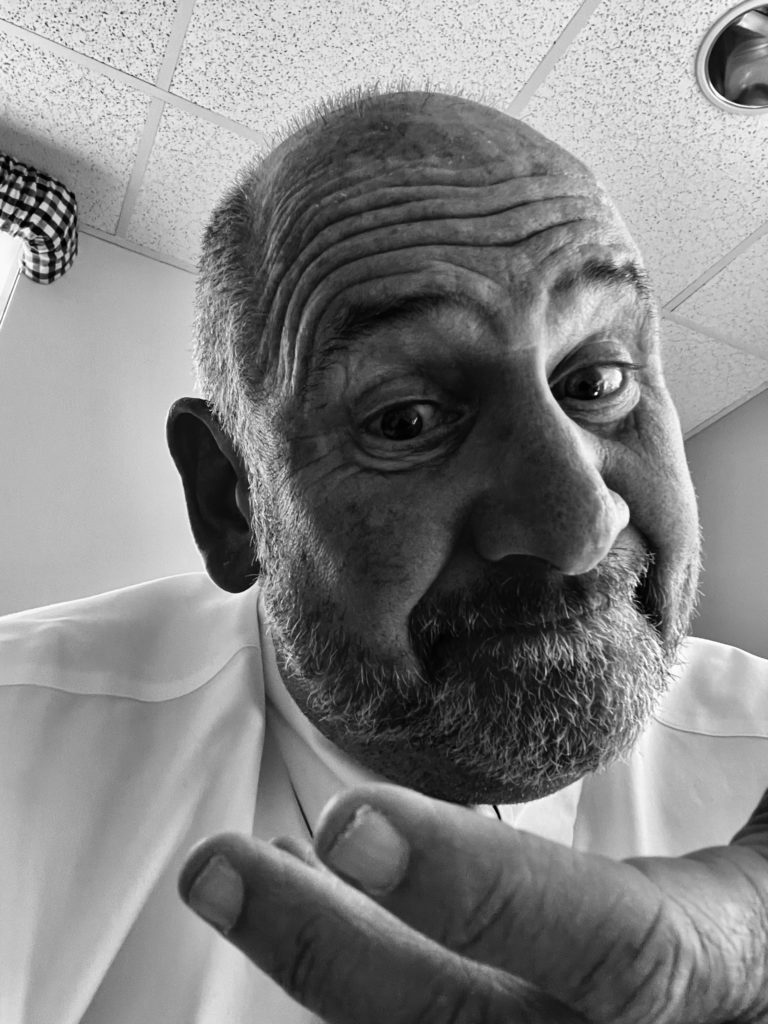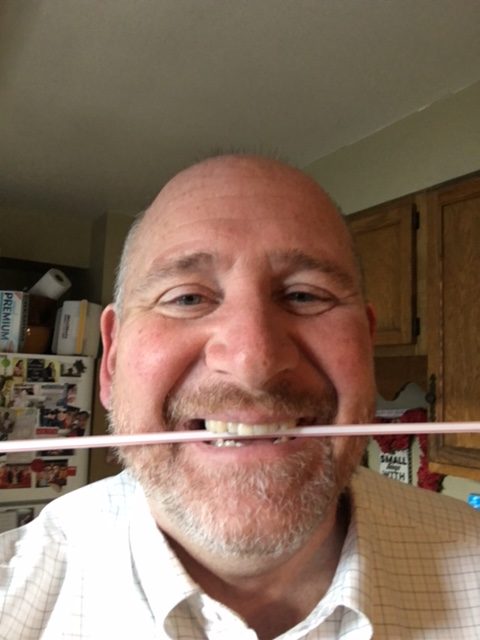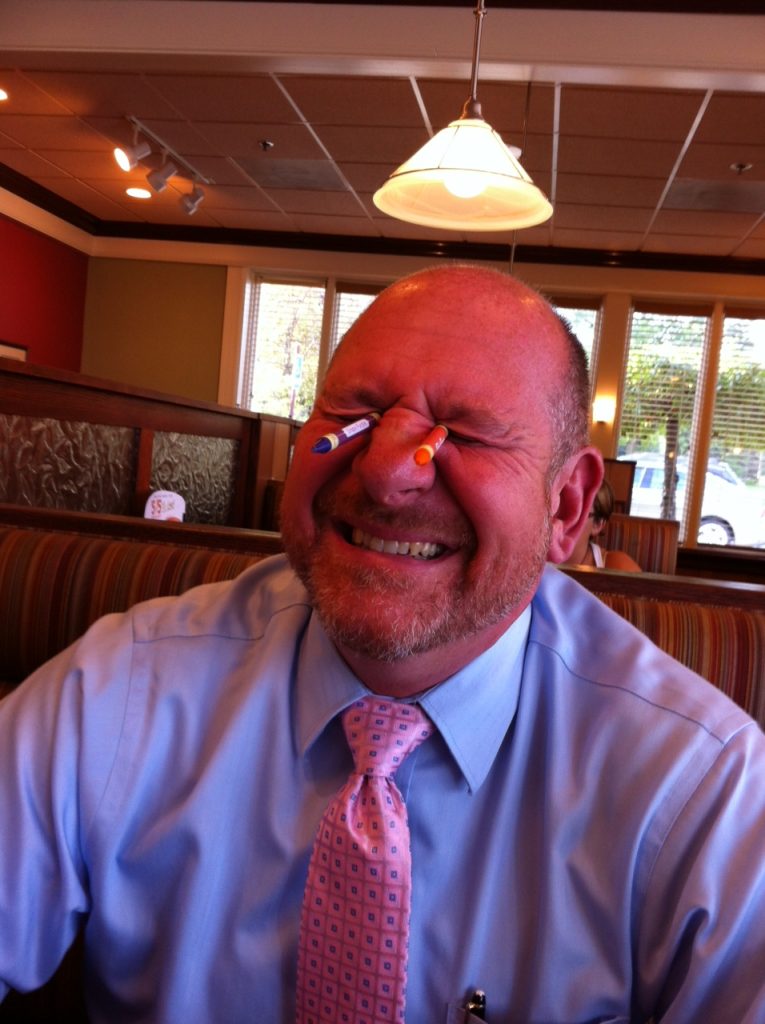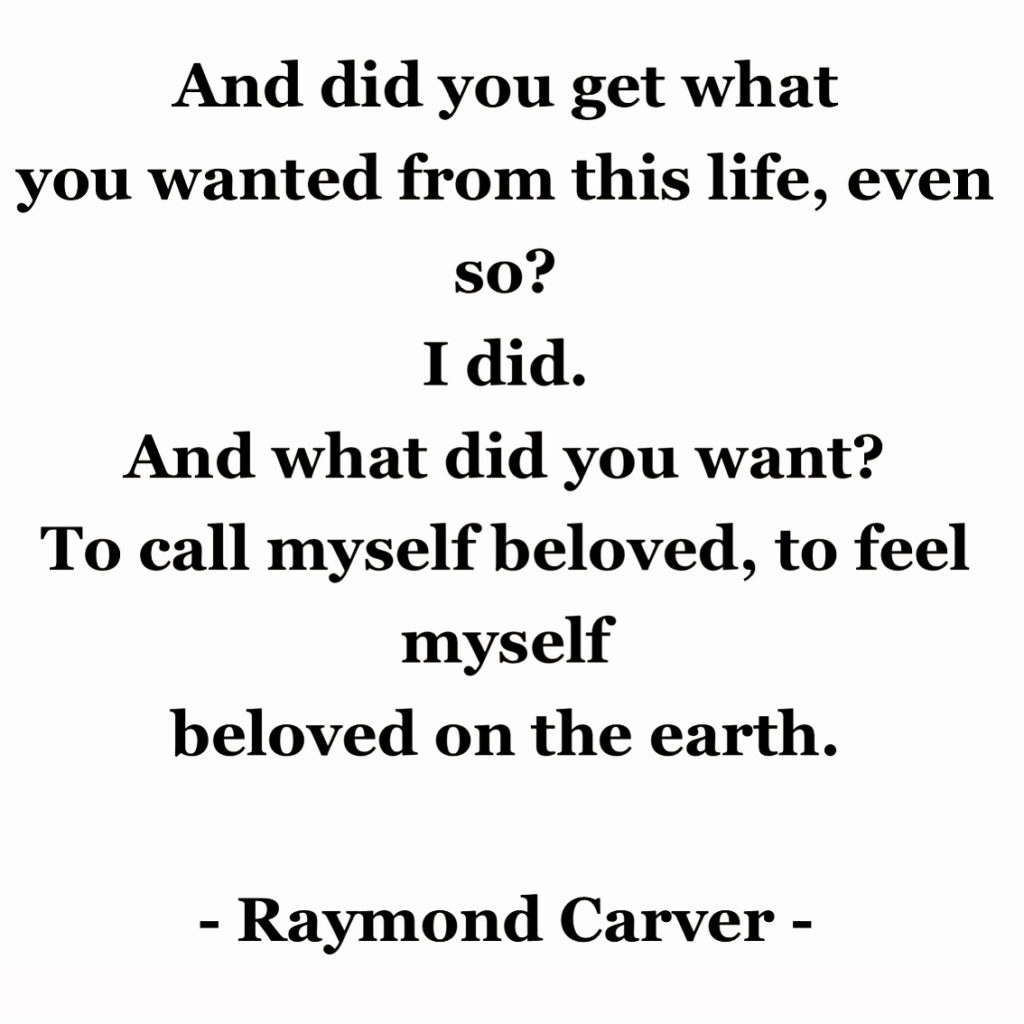During the intense filming of “One Flew Over the Cuckoo’s Nest” in 1975, Jack Nicholson told director Miloš Forman one non-negotiable condition: he would not work on Sundays. Not for reshoots, not for tight deadlines, not even for critical scenes. It was his personal rule, a boundary he drew with complete clarity. Nicholson viewed Sundays as essential for emotional and mental recalibration. He once said, “I need one day where I don’t have to be anyone else but me.” Forman, though under pressure from a tight production timeline, honored the actor’s request without protest.
Nicholson’s decision came from more than superstition or habit. During interviews after the film’s release, he spoke about how deeply draining the role of Randle P. McMurphy had become. The character was unpredictable, layered with fury, humor, empathy, and rebellion, often within the same scene. Immersing himself in McMurphy’s psyche five or six days a week left Nicholson emotionally raw. Stepping away on Sundays was not indulgence. It was preservation.
Louise Fletcher, who played Nurse Ratched, said in an interview with “The Hollywood Reporter,” “Jack had this switch. He’d be joking between takes, and the minute we rolled, he’d go full McMurphy. But he needed space. Sundays gave him room to breathe.”
The Oregon State Hospital, where the film was shot, had its own share of haunting energy. Actual patients appeared in the background of several scenes. Nicholson, who lived on set for the bulk of filming, immersed himself in the environment so thoroughly that the line between actor and character blurred at times. Crew members reported seeing him pacing the hospital courtyard late into the night, rehearsing lines or simply sitting alone under dim lights.
Forman’s willingness to respect Nicholson’s request became a cornerstone of their collaboration. He believed Nicholson’s process required total commitment, but not without boundaries. In an archived interview with “Variety,” Forman recalled, “He gave me everything when the cameras rolled. He made the character live in ways I never imagined. If a single day each week helped that happen, I was all in.”
Sunday breaks were not passive days for Nicholson. He used them to reset emotionally. He would go off alone, take long walks through Salem, visit bookstores, or just sit in his trailer and sketch. Michael Douglas, who served as a producer on the film, later noted, “Jack protected that day like it was sacred. No one questioned it. In hindsight, it probably saved the performance from burning out.”
There was one occasion when a major scene was delayed due to poor lighting on a Saturday evening. The crew suggested they finish it the next day to stay on track. Nicholson listened quietly and responded, “If it has to happen Sunday, it’ll have to happen without me.” They waited until Monday.
What made this boundary so effective was not just that Nicholson demanded it. It was the consistency and purpose behind it. He did not leave town. He did not attend parties. He disconnected, recharged, and returned each Monday fully immersed and sharp. The energy he brought to scenes like McMurphy’s confrontation with Nurse Ratched or the therapy group outbursts was a direct result of that unshakable rhythm.
Even decades later, when speaking about the role, Nicholson often credited his performance not only to the script or direction but to the freedom to remain grounded in himself. He believed burnout dulled creativity, and routine restored brilliance.
In a 1997 conversation with Charlie Rose, Nicholson said, “The most dangerous thing for an actor is forgetting who he is while trying to be someone else. One day a week, I didn’t act. That saved me.”
His refusal was not about ego. It was about balance. And in creating that space, Jack Nicholson protected both the character of McMurphy and the man beneath him.
One day off each week helped Jack Nicholson hold on to his identity while giving everything to one of cinema’s most unforgettable roles. . .
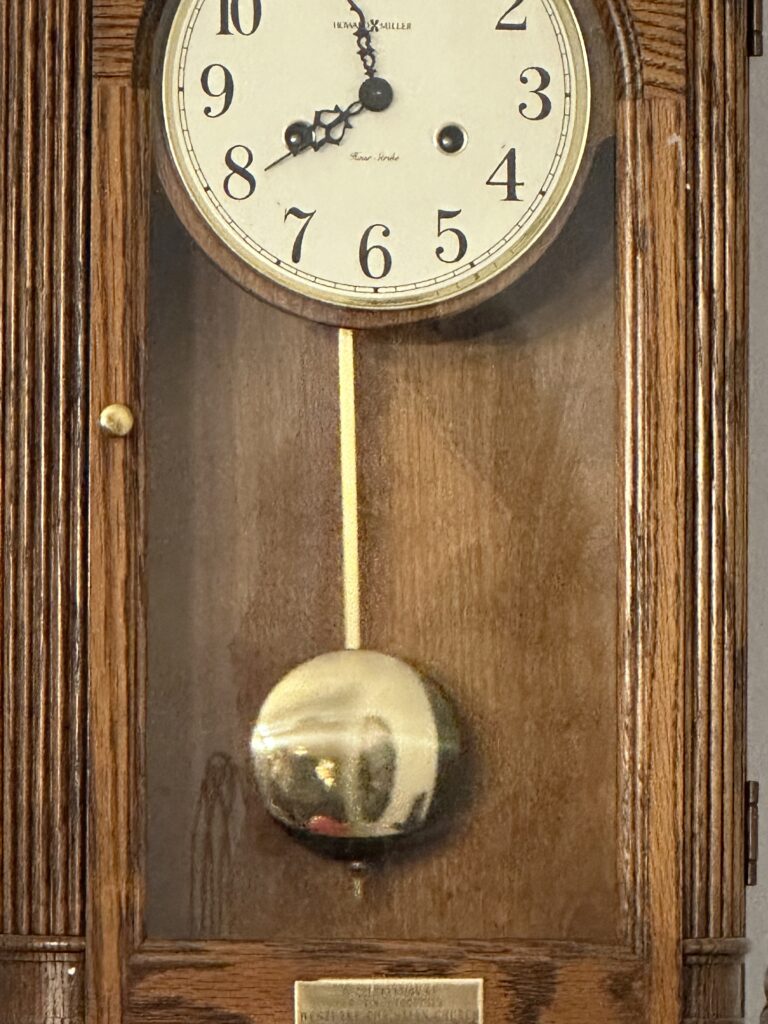
TAKE TIME
they say
TAKE TIME
where
to someplace where it’ll be safely kept
and dished out in the doses
when needed most
or is it
while we are
TAKING TIME
IT is actually capturing us
and bringing us to places
unknown
never to release us
except in small bits of
ONCE UPON A TIME’S
we can vaguely remember
maybe again experience
but never own again. . .

: Pssssssssssssssssssssssssssssssssst:
WE ARE MORE THAN IDLE PAGES ON A CALENDAR
AND MUCH MORE THAN WHAT’S CONTAINED
ON A SINGLE BLOCKED DAY
